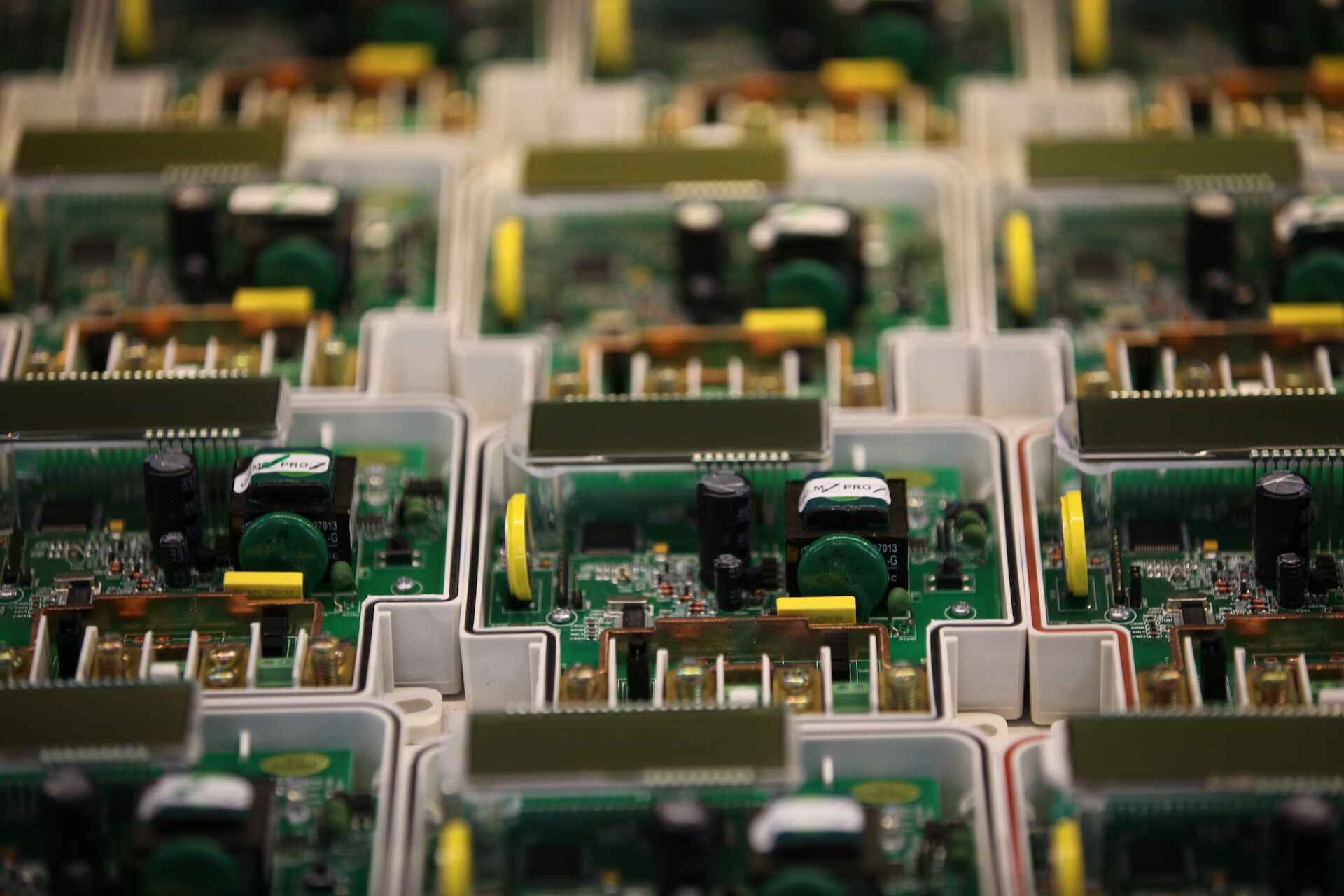Electronic waste is soaring

In 2021, 57.4 million tonnes of electronic waste are expected to be generated, outweighing the Great Wall of China, the heaviest human construction in the world.
The volume of e-waste is growing at an alarming rate. If we continue at this pace, electronic waste will reach 74.4 million tonnes by 2030, which implies a growth of 3-4% per year. By 2050, it could exceed 100 million tonnes, which implies a large environmental impact of e-waste.
What are the reasons for this increase?
This growth in e-waste may be due to the following factors:
- The growing consumption of electronic products.
- The democratisation of prices.
- Shorter periods between new product launches.
- Limited options for repairing devices that break or malfunction.
- Increased purchasing power in developing countries.
Recycling rates for these materials are no less worrying: only 17.4% of global e-waste is properly recycled.
The electronic scrap recycling is a major challenge for the recycling industry, both in terms of diversity and volume. In addition, dismantling electronic devices generated in industrialised countries is costly, so they are sent to developing countries where labour is cheaper. Many end up in illegal landfills. This waste pollutes water and food, and the burning of plastics to extract the valuable metals emits toxic substances into the atmosphere that affect children and adults. REES contain steel, copper, and aluminium, making them attractive for thieves.
Despite government efforts, this problem persists. Even in the EU, which has strong Extended Producer Responsibility (EPR) rules that requires manufacturers to organise and finance the management of waste derived from their products, the EU’s formal e-waste collection rate is 55% (2018).
According to experts, the industry and policy makers need to create user-friendly and accessible recycling and repair systems. Consumers need to be informed and have a easily available infrastructure.
At ScrapAd, the sector’s leading platform for scrap metal trading, we are aware that the digital transformation has led to a massive increase in electronic waste, but we believe that digitalisation is key to the circular e-waste management. Our goal is to give the best possible destination to this waste, placing it in the hands of the recyclers who can make the best use of it and generate benefits for both companies and the environment.